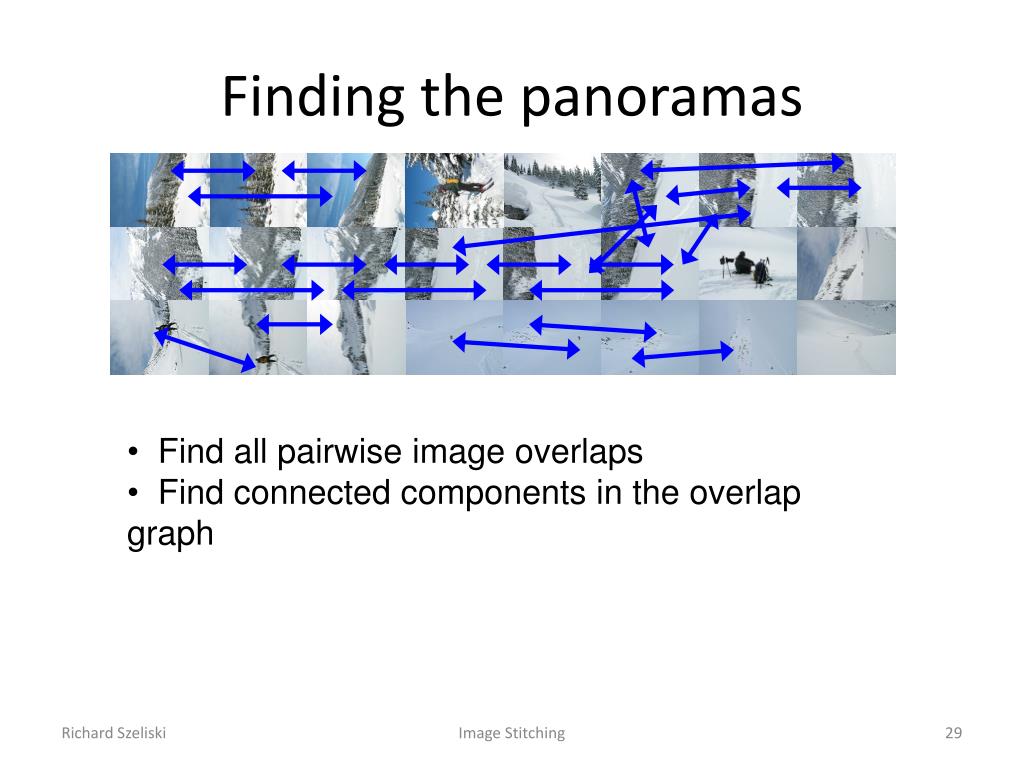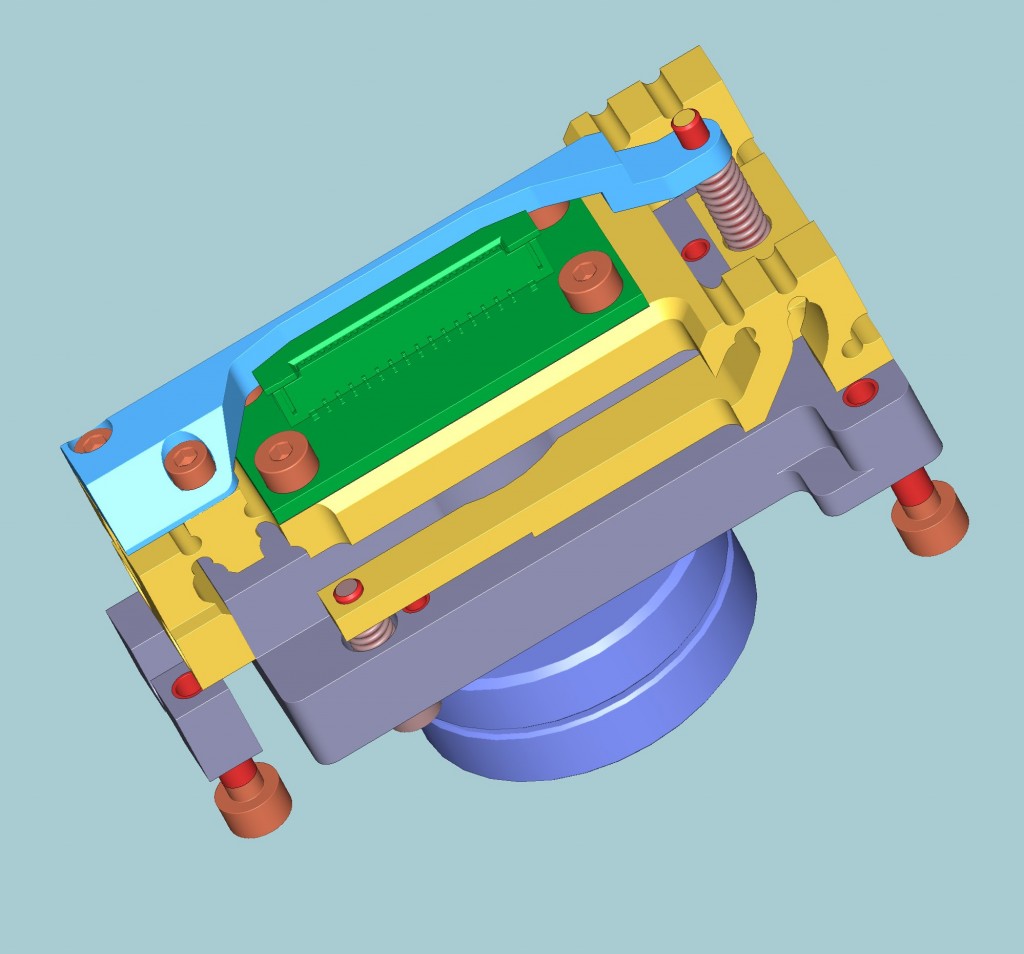

- #Panorama stitcher adjust for paralax manual#
- #Panorama stitcher adjust for paralax full#
- #Panorama stitcher adjust for paralax windows#
Though the panohead has been aligned to the no-parallax-point, slight shifts due to uneven ground, movement of the tripod as it is rotated, etc., could introduce parallax errors especially with close-up objects. This minimises the possibility of any stitching errors occurring on this object.

I had also set up the shot so that the main object in the scene (this rowboat) was captured in one frame. In more complex scenes, where the could be moving people, cars etc., it may be necessary to take shots in many more different directions in order to produce a stitch with not objects cut in half. Here, there is only 10 to 15 deg overlap between the horizontally rotated shots. For simple scenes, where there are no moving objects, the amount of overlap between frames can be minimal. I rotates the camera by 90 deg using the click-stop rotator on the panohead.
#Panorama stitcher adjust for paralax full#
I recorded full uncompressed raw files for later processing.

I used a remote shutter release to minimise vibration. I set the lens to be at f/8 and the focus was placed at an approximate “hyperfocal” distance.
#Panorama stitcher adjust for paralax manual#
The lens is manual focus and manual aperture so the camera controls the shutter speed automatically. The camera was set to its lowest native sensitivity (ISO100 in this case) and I used autoexposure. I also made sure to centre the brightest spot in the sky as I will be patching it with a lower exposure shot. I oriented the first shot to capture some bystanders, making sure that they were towards the centre of the frame (don’t want to have anyone cut in half). I tilt down to minimise the Nadir hole, bringing in the tripod legs slightly also helps reduce the size of the Nadir patch. The rotation axes of the panohead is aligned with the no-parallax-point of the lens (it’s not called the “Nodal Point”!). I set up my tripod with a Nodal Ninja 3 Mk III. I adjusted the exposure curve, sharpened the image, tweaked saturation, and repaired the dust spots in the sky. The final full sized and processed panorama can be seen at 360Cities.

I only spent a few minutes putting it together so I’m sure it could be further optimised. I have provided downsized source images and a Hugin project file if you want to have a look at how it was assembled. This is slightly masked by the depth of field at f/8 but can still be detected in the full sized source imagery. My lens also needs to be adjusted as the plane of focus is slightly skewed and it does not reach infinity focus. I’ve not been able to do much photography lately so my equipment has not been maintained as well as they should have been. This example also shows some other things that you may need to watch out for. A few manually well placed control points can quickly give a good stitch. It is not necessary to shoot with manual exposure with each frame with the same exposure settings, nor process them identically.Īdditionally, you do not need very much overlap between frames in many cases, only a few control points can do, and they only need to be placed along the seam lines. Specifically, you can use autoexposure, even for highly contrasty scenes that normally would required bracketed exposures and HDR+Tonemapping.įor post-processing, you can crank up the highlight and shadow recovery and individually tweak each frame for exposure. Here is an example of a simple 360 deg panorama in Hugin that shows that good results can be obtained using “wrong” techniques. This work is licensed under a Creative Commons Attribution-NonCommercial-ShareAlike 4.0 International License. Source Images & Hugin project file (17MB zip) Further post-processing steps may include exposures curves, sharpening, saturation adjustment, and eliminating dust spots in the sky. This is the final stitch without adjustments.
#Panorama stitcher adjust for paralax windows#
Sony A7m3 + Samyang 12mm/2.8 Fisheye, Nodal Ninja 3 Mk III, Capture One, Hugin, and Picture Windows Pro. Equirectangular projection 360 deg x 180 deg. Sunset over St Andrews Harbour, Scotland.


 0 kommentar(er)
0 kommentar(er)
